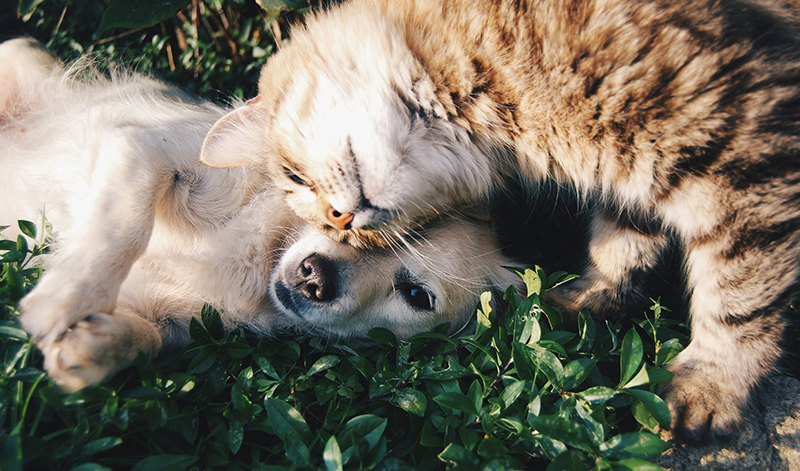
Feeding our pets is one of the most fundamental aspects of caring for them, ensuring they remain healthy and happy. However, it's not always easy to tell when your furry friend is actually hungry. Overfeeding can lead to obesity and other health issues, while underfeeding can result in malnutrition and a lack of energy. Understanding the signs that indicate hunger in your pet is crucial for maintaining their well-being. Here are some key indicators to look out for:
1. Behavioral Changes
One of the most obvious signs that your pet is hungry is a change in their behavior. This can manifest in various ways depending on the species and individual personality of your pet. Dogs might start whining, pacing, or staring at you with pleading eyes. Cats may become more vocal, meowing more frequently, or they might start rubbing against your legs. These behaviors are often accompanied by attempts to get into food storage areas or the kitchen where meals are prepared.
2. Physical Cues
Physical signs can also provide clues about your pet’s hunger levels. A dog or cat that is hungry might have a more pronounced tummy tuck, where their abdomen appears to be drawn up towards their spine. Additionally, a thinning coat, visible ribs, or a bony feel when you touch them could suggest that they need more food. However, these signs should be interpreted with caution, as they can also indicate other health issues.
3. Increased Activity Around Feeding Time
Pets that are used to being fed at specific times will often become more active as those times approach. They might start to follow you around the house, sit by their empty food bowl, or even try to nudge you towards the kitchen. This increased anticipation is a clear sign that they're expecting a meal and may be feeling peckish.
4. Changes in Eating Habits
If your pet suddenly starts eating more quickly than usual or shows a renewed interest in food after a period of disinterest, it could be a sign that they are hungrier than before. Conversely, if they usually eat all their food but leave some behind, this might not necessarily mean they are not hungry; it could be due to changes in taste preferences or health issues. Monitoring any changes in eating habits can help you better understand your pet’s needs.
5. Weight Loss or Gain
Monitoring your pet’s weight is an important aspect of ensuring they are receiving adequate nutrition. If you notice unexplained weight loss, it could be a sign that your pet isn’t getting enough food. On the other hand, rapid weight gain could indicate overfeeding. Regular weigh-ins and consultations with your veterinarian can help you maintain a healthy balance.
6. Consult Your Veterinarian
When in doubt, it’s always a good idea to consult with a professional. Your veterinarian can provide personalized advice based on your pet’s age, breed, activity level, and overall health. They can also help rule out any underlying medical conditions that might be affecting your pet’s appetite.
Conclusion
Understanding when your pet is hungry involves paying attention to both behavioral and physical cues, as well as monitoring their eating habits and weight. By staying attuned to these signs, you can ensure that your pet receives the right amount of food to keep them healthy and thriving. Remember, each pet is unique, so what works for one might not work for another. Always prioritize your pet’s individual needs and seek professional advice when necessary.



